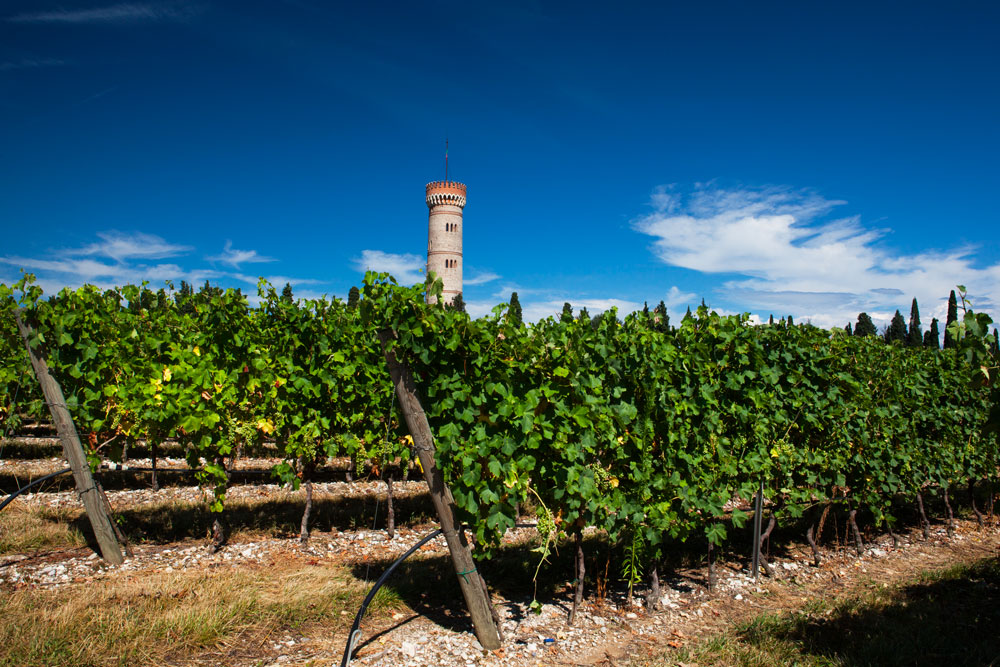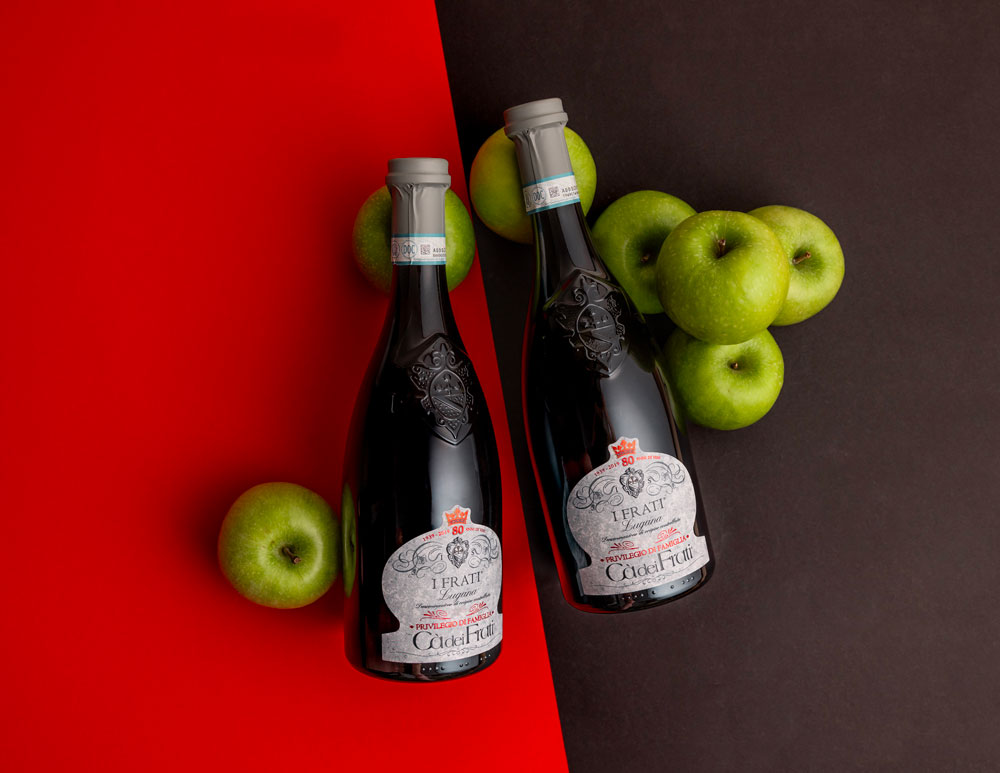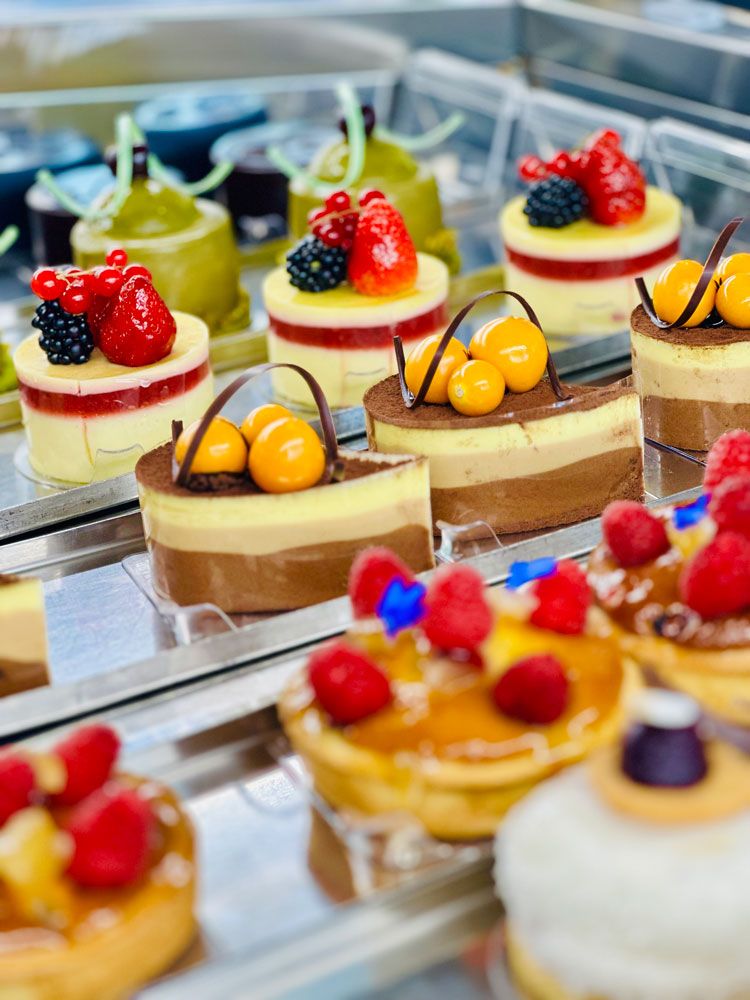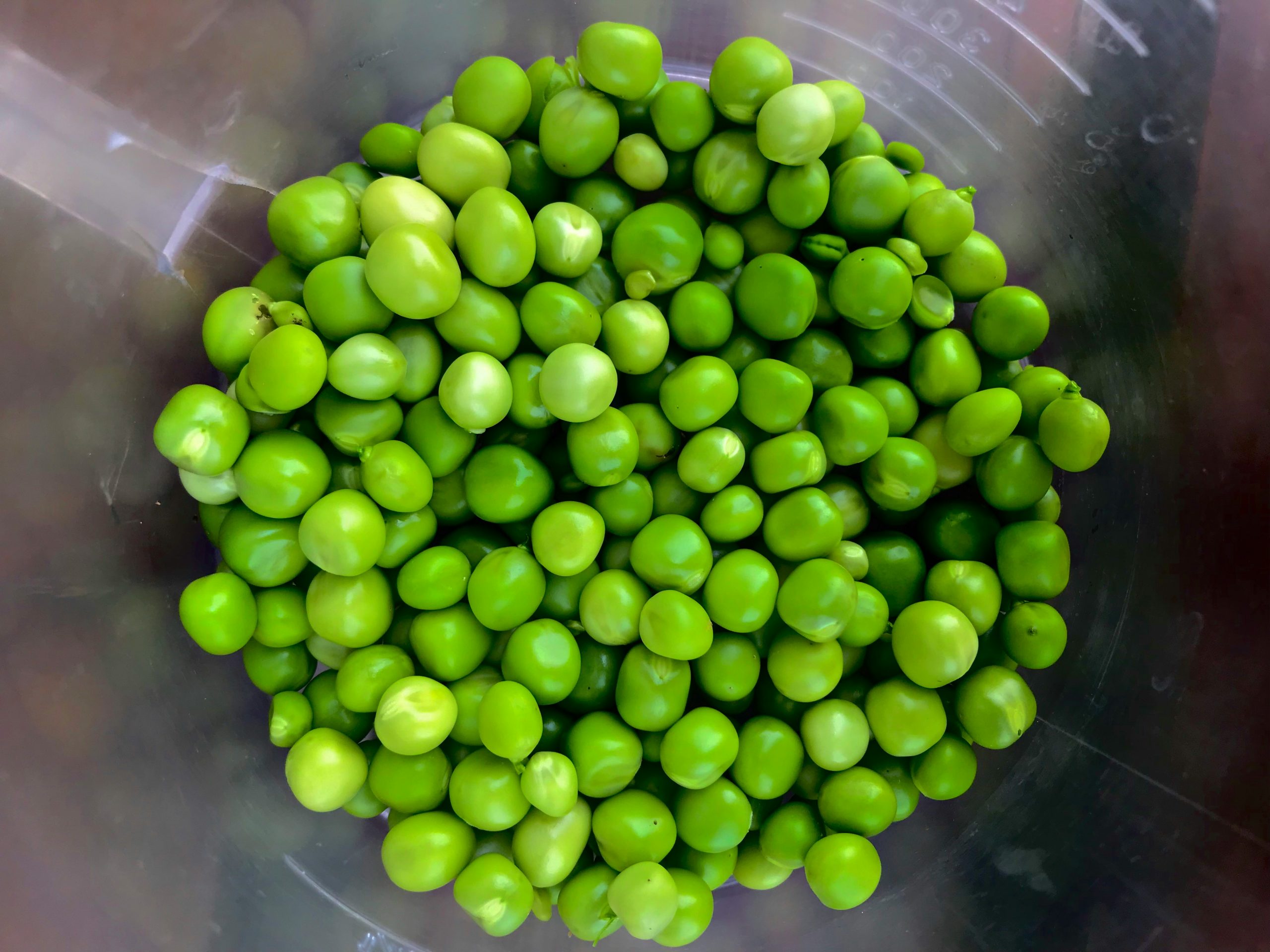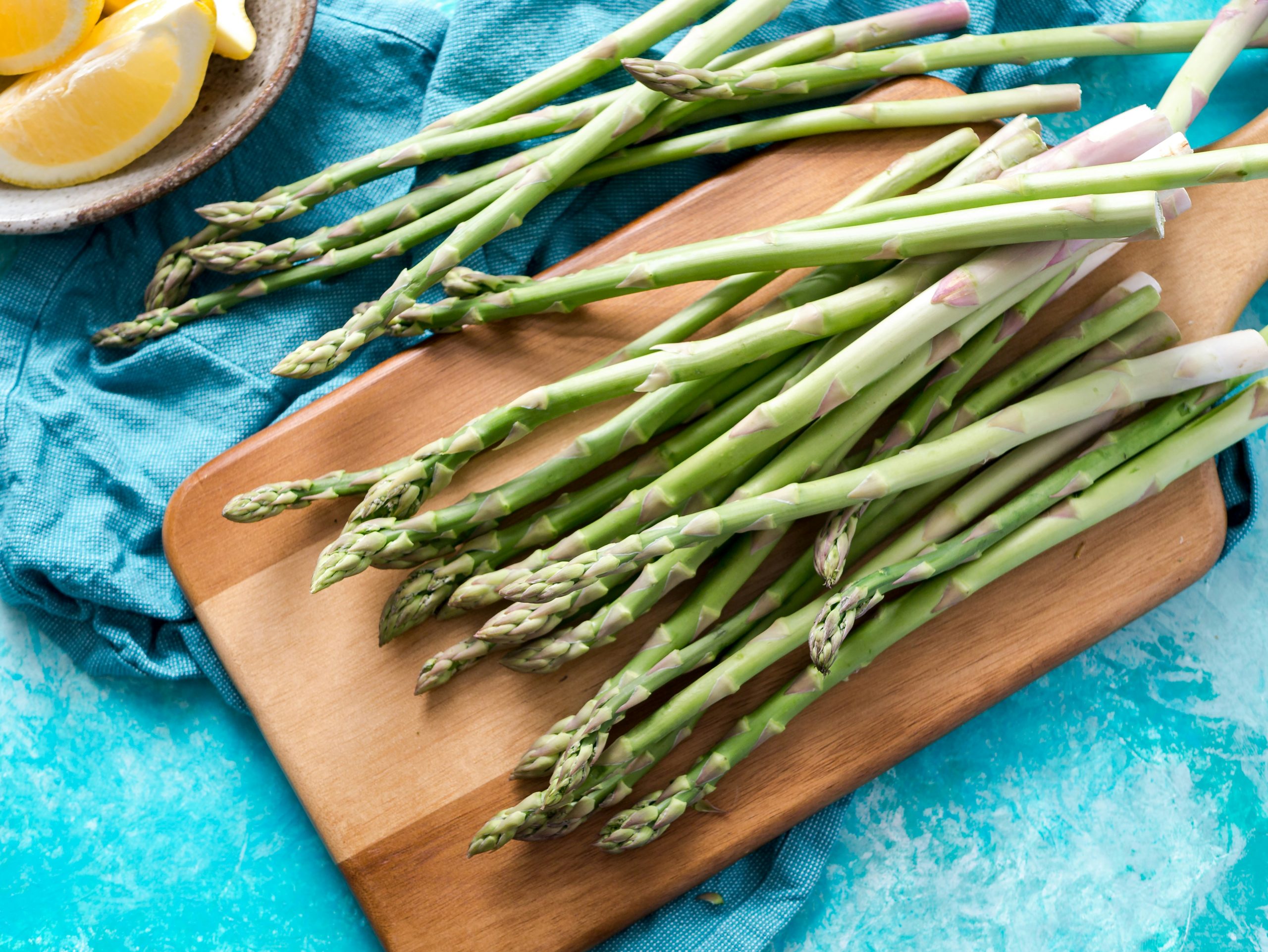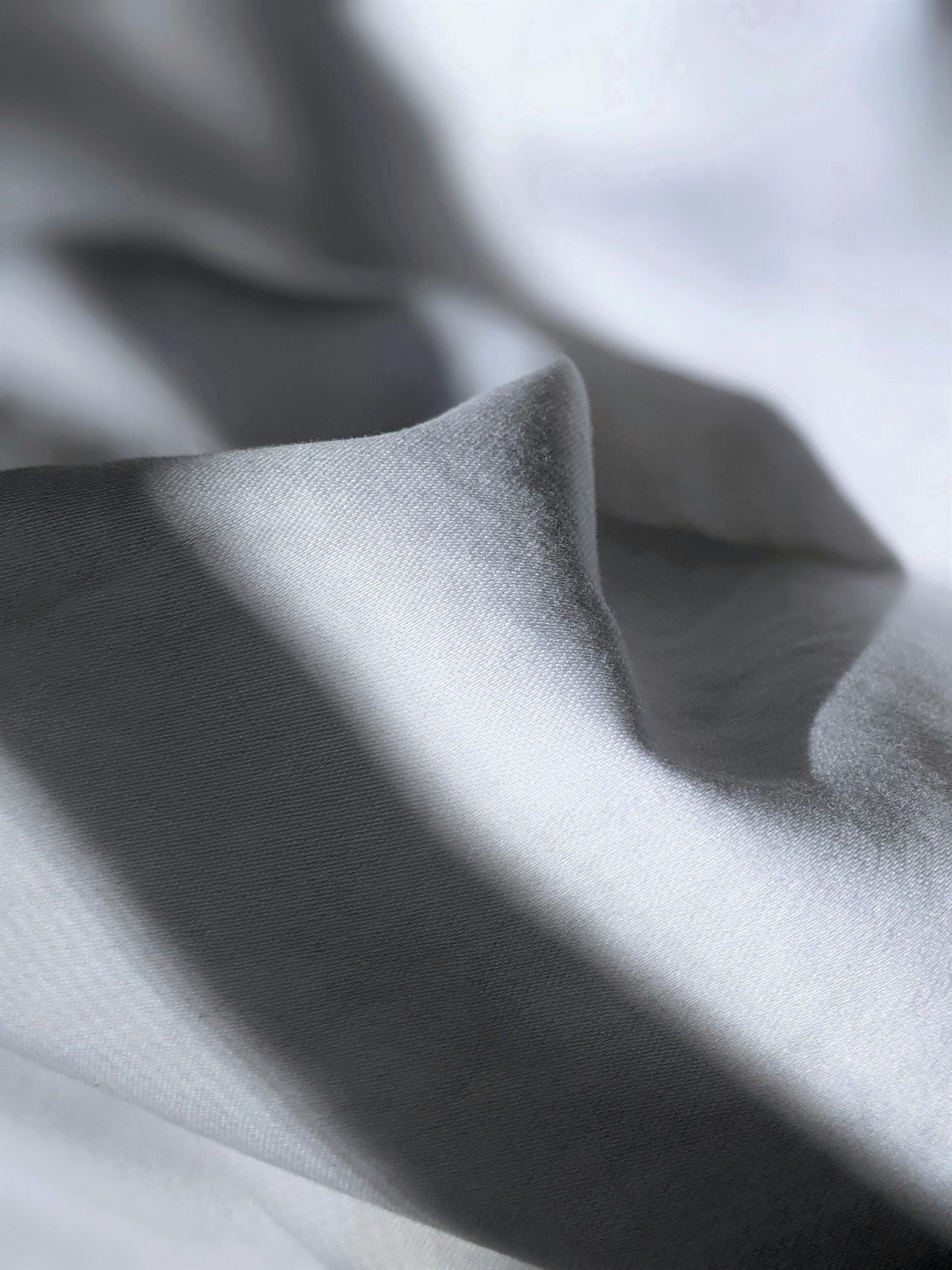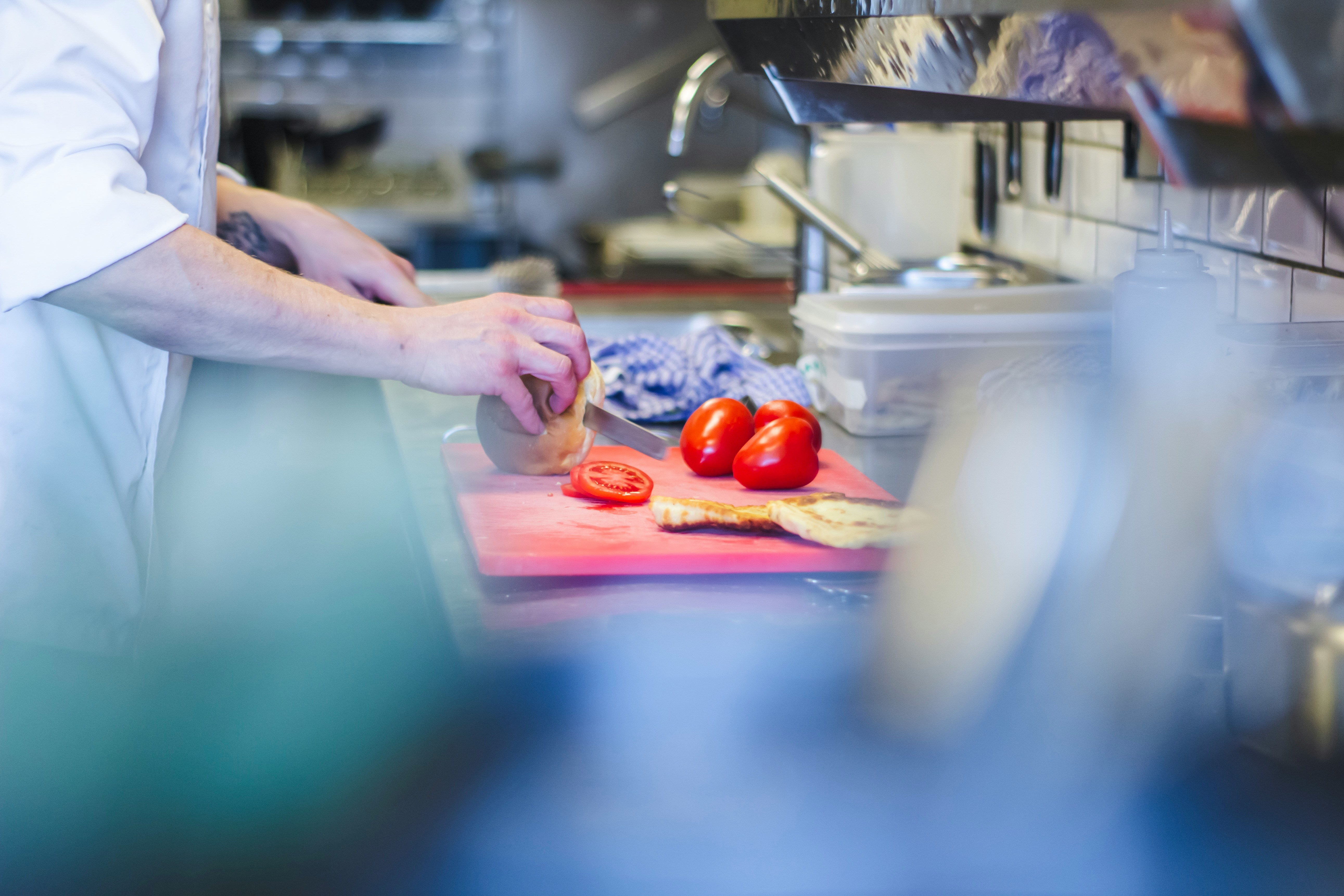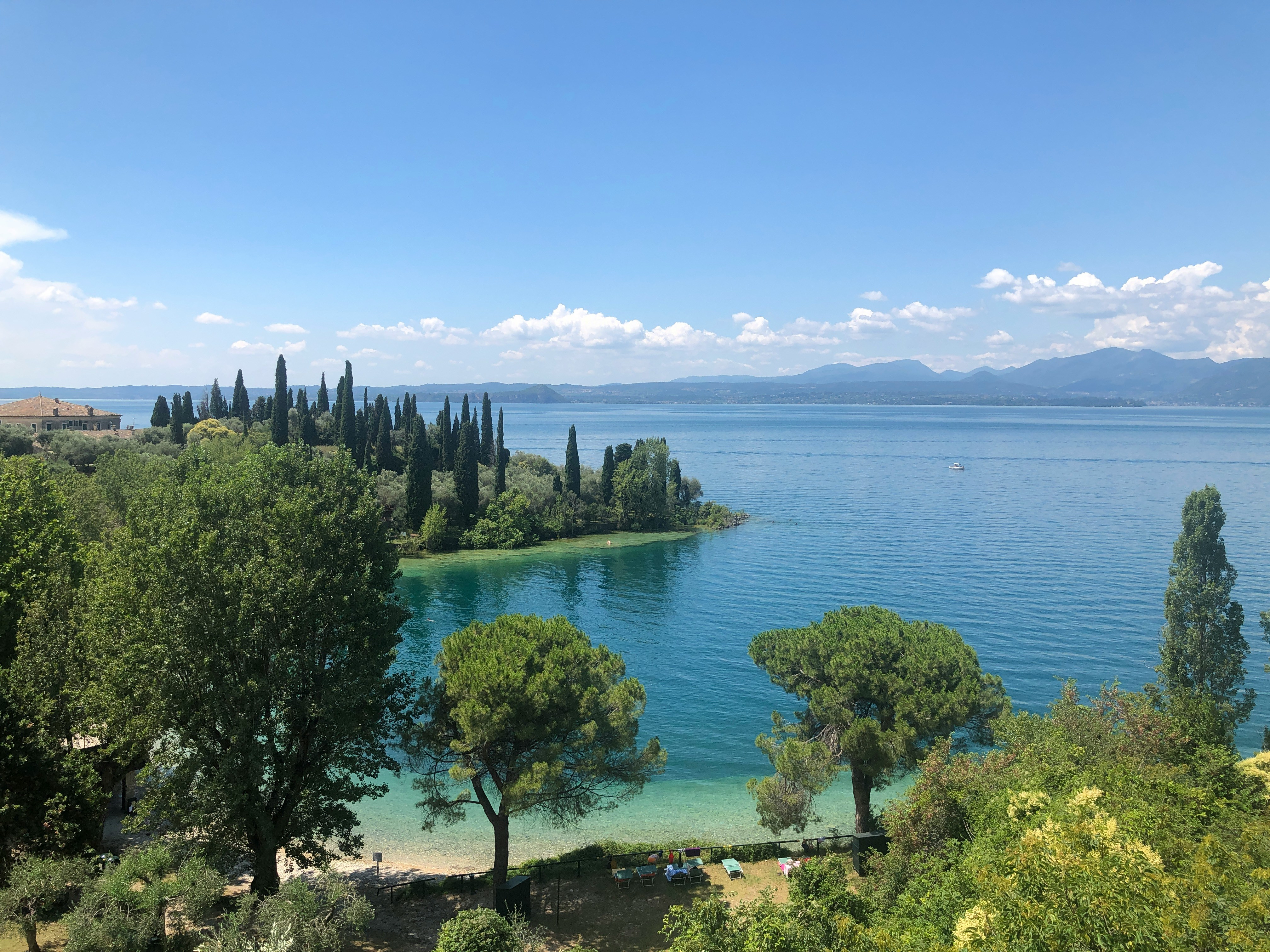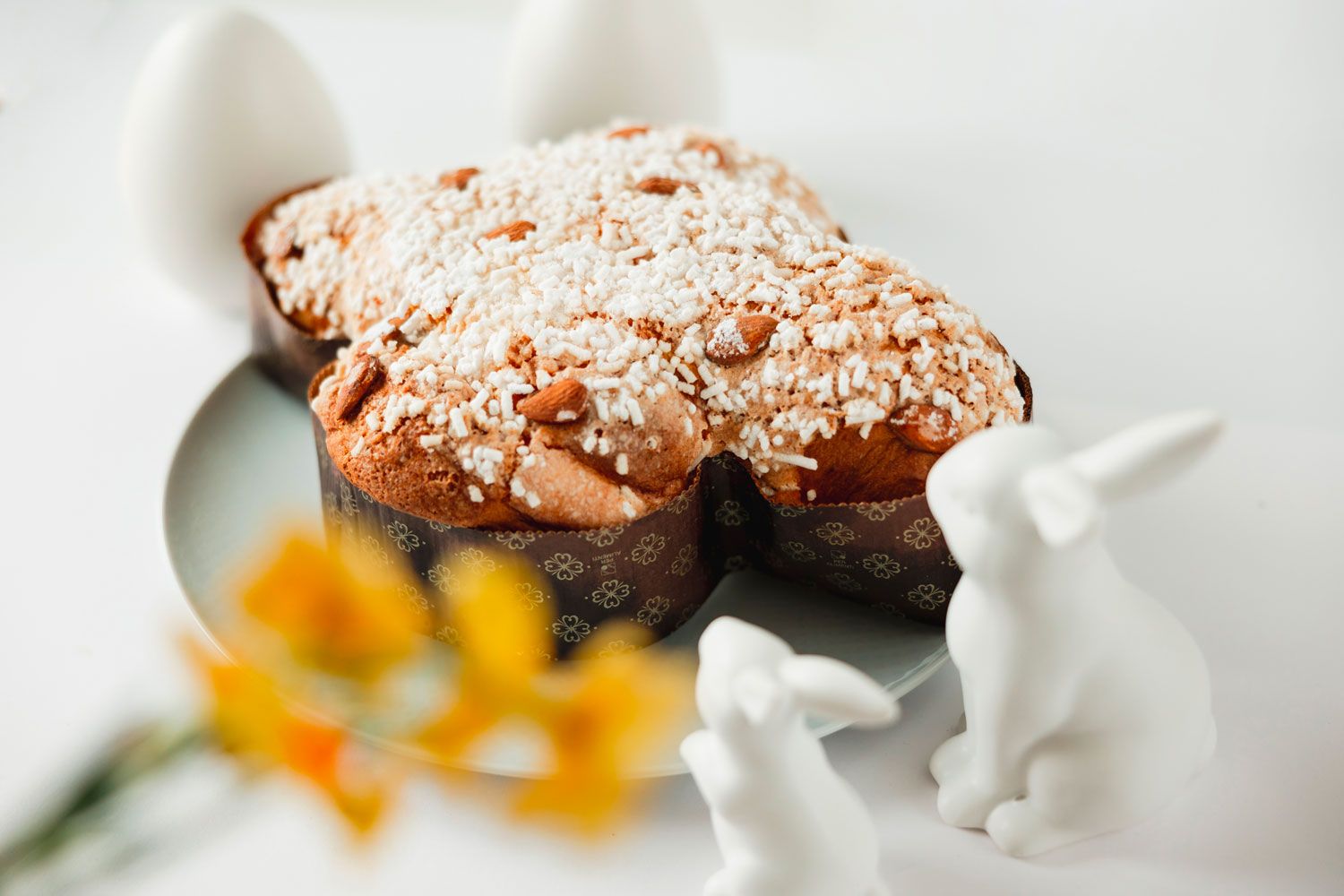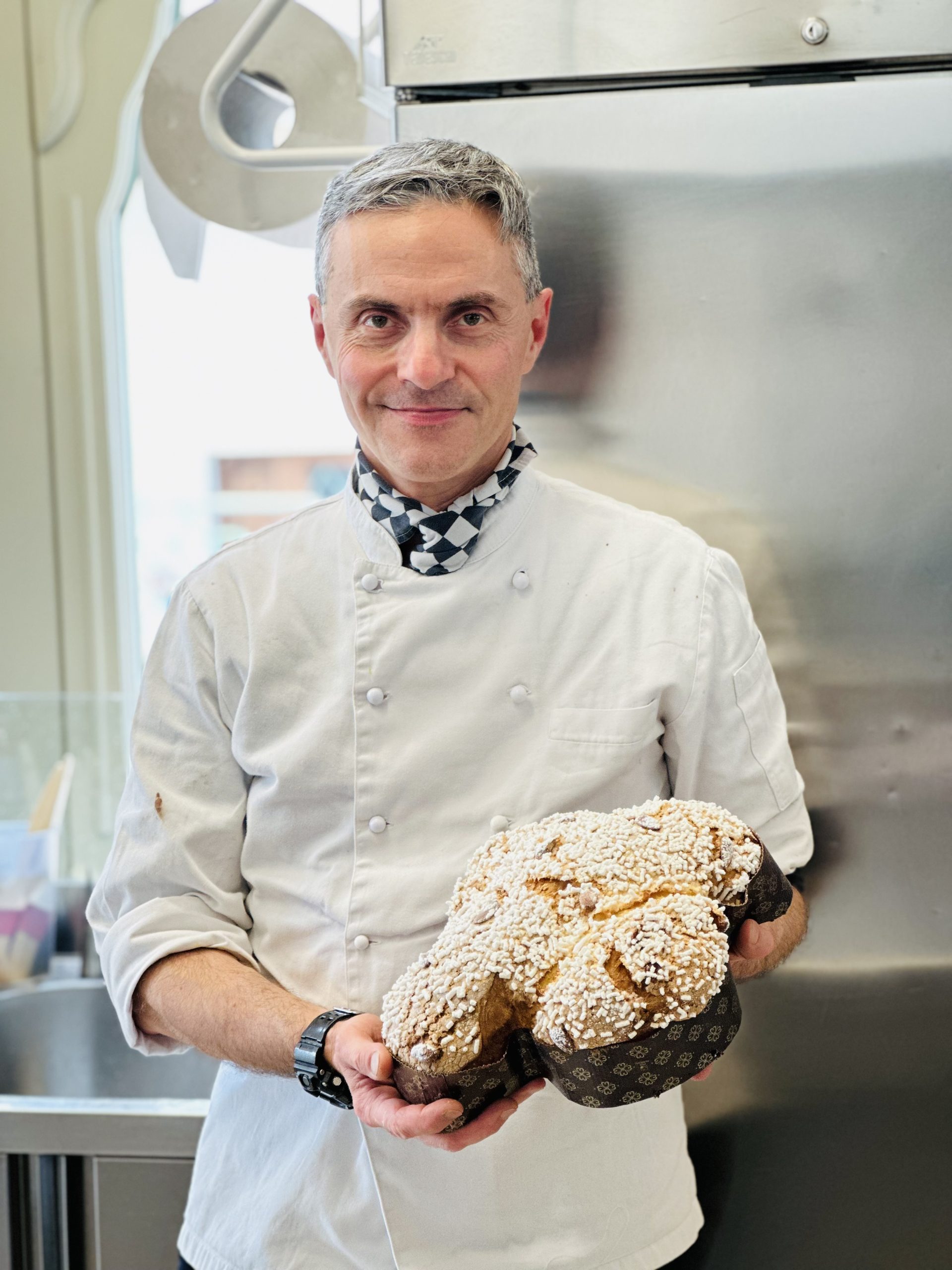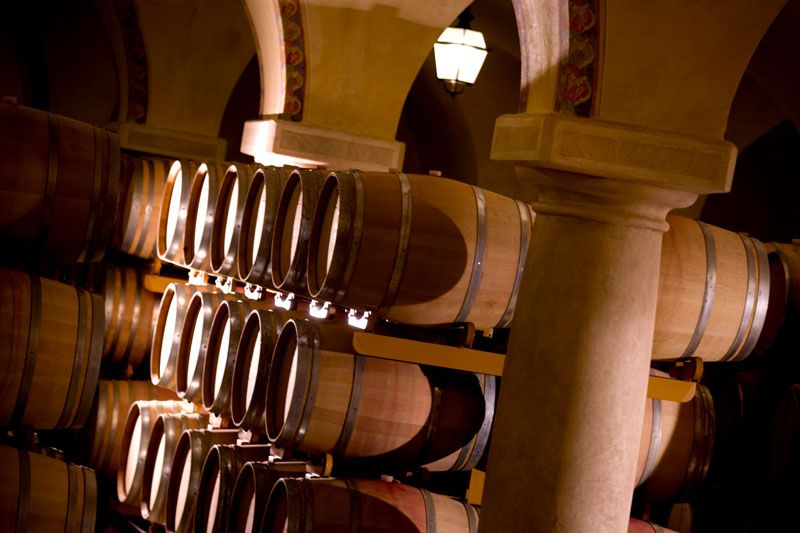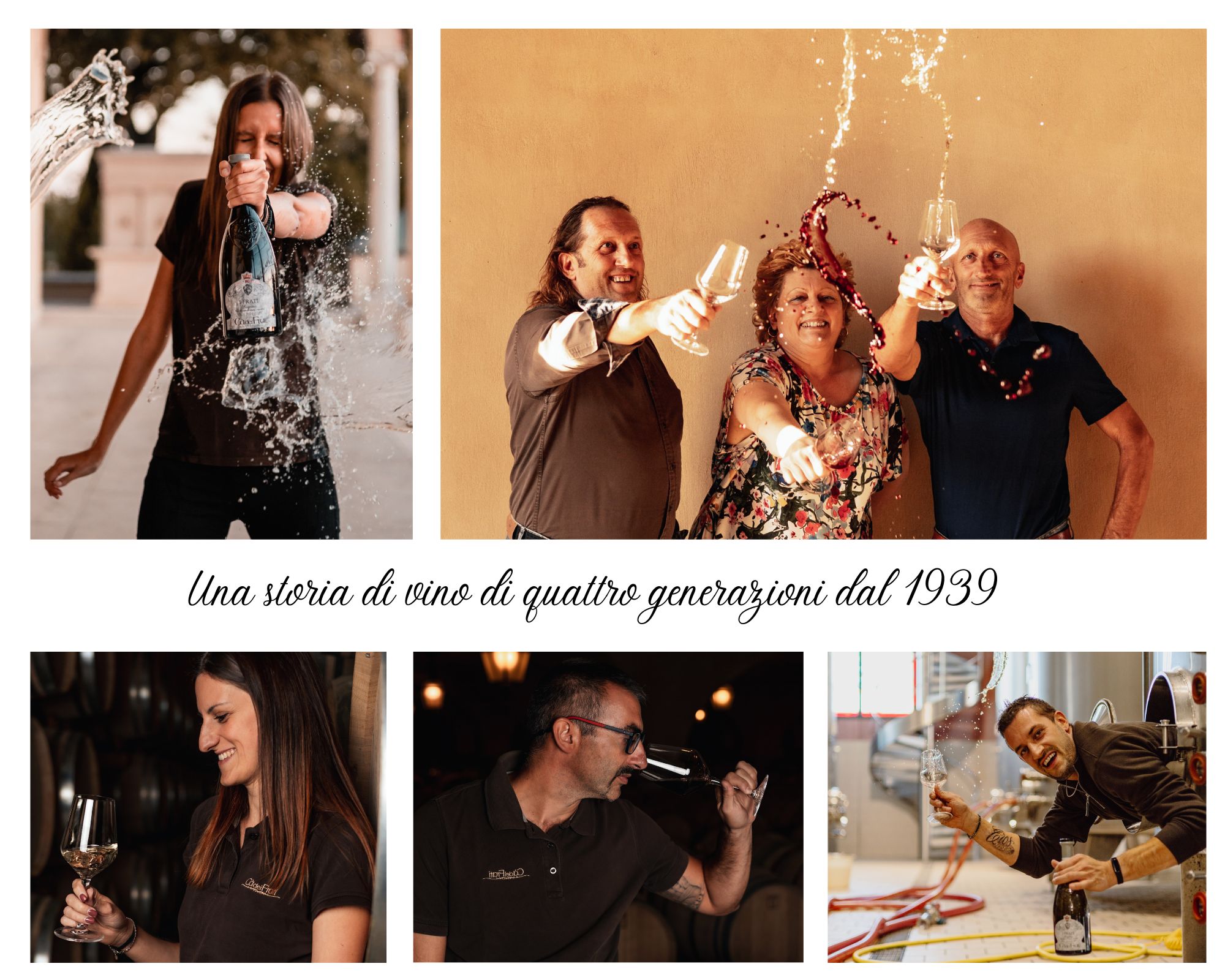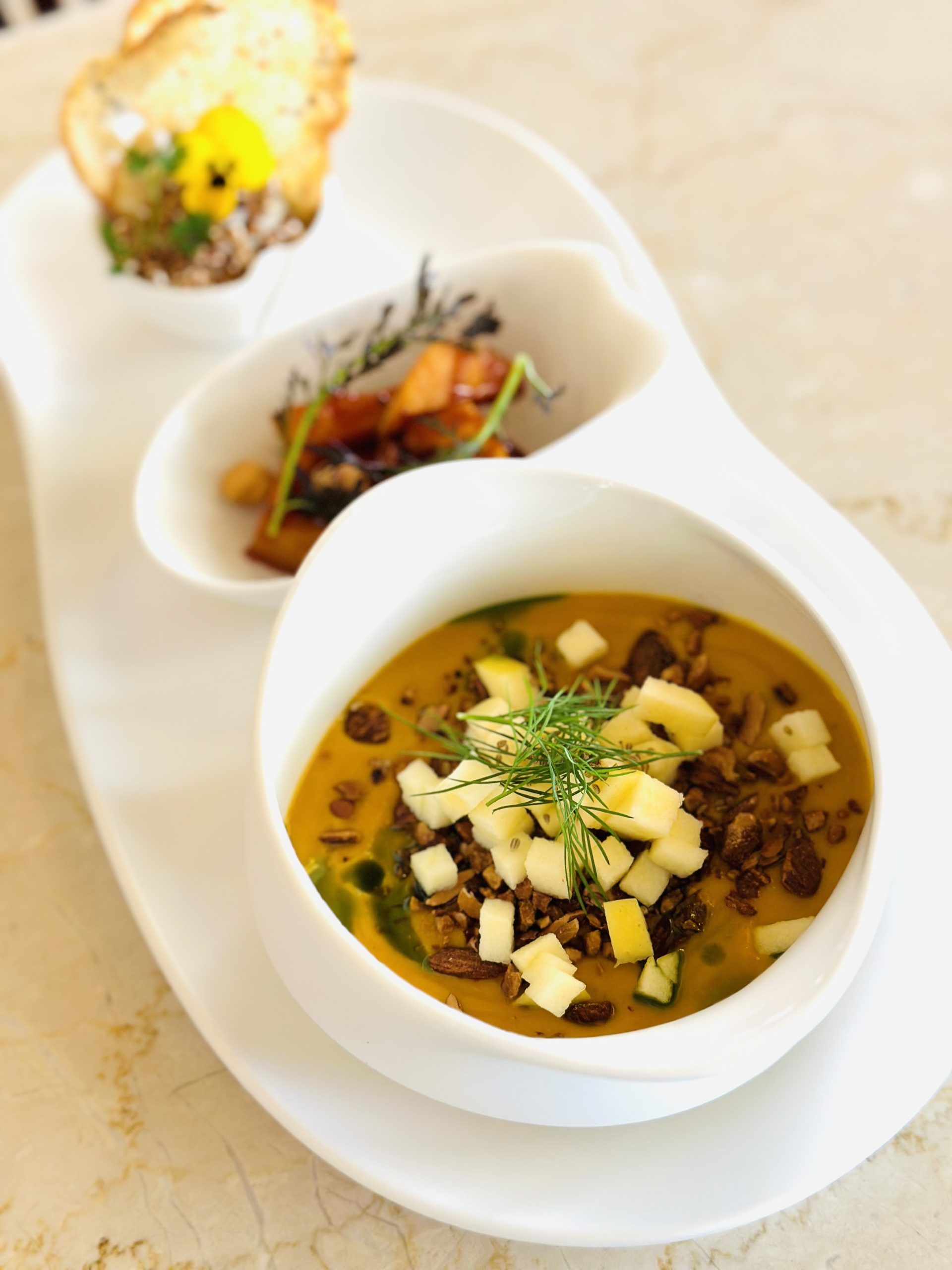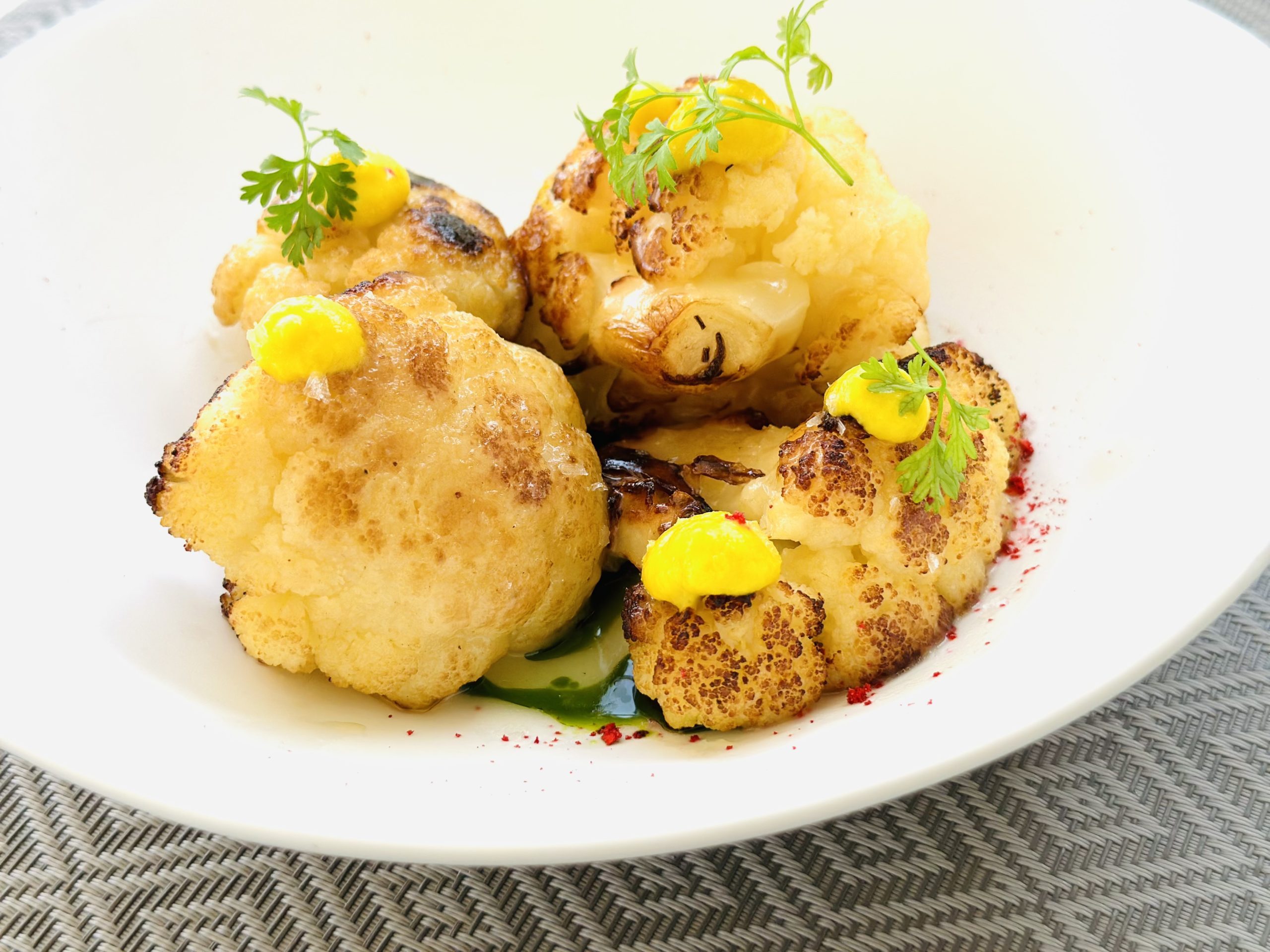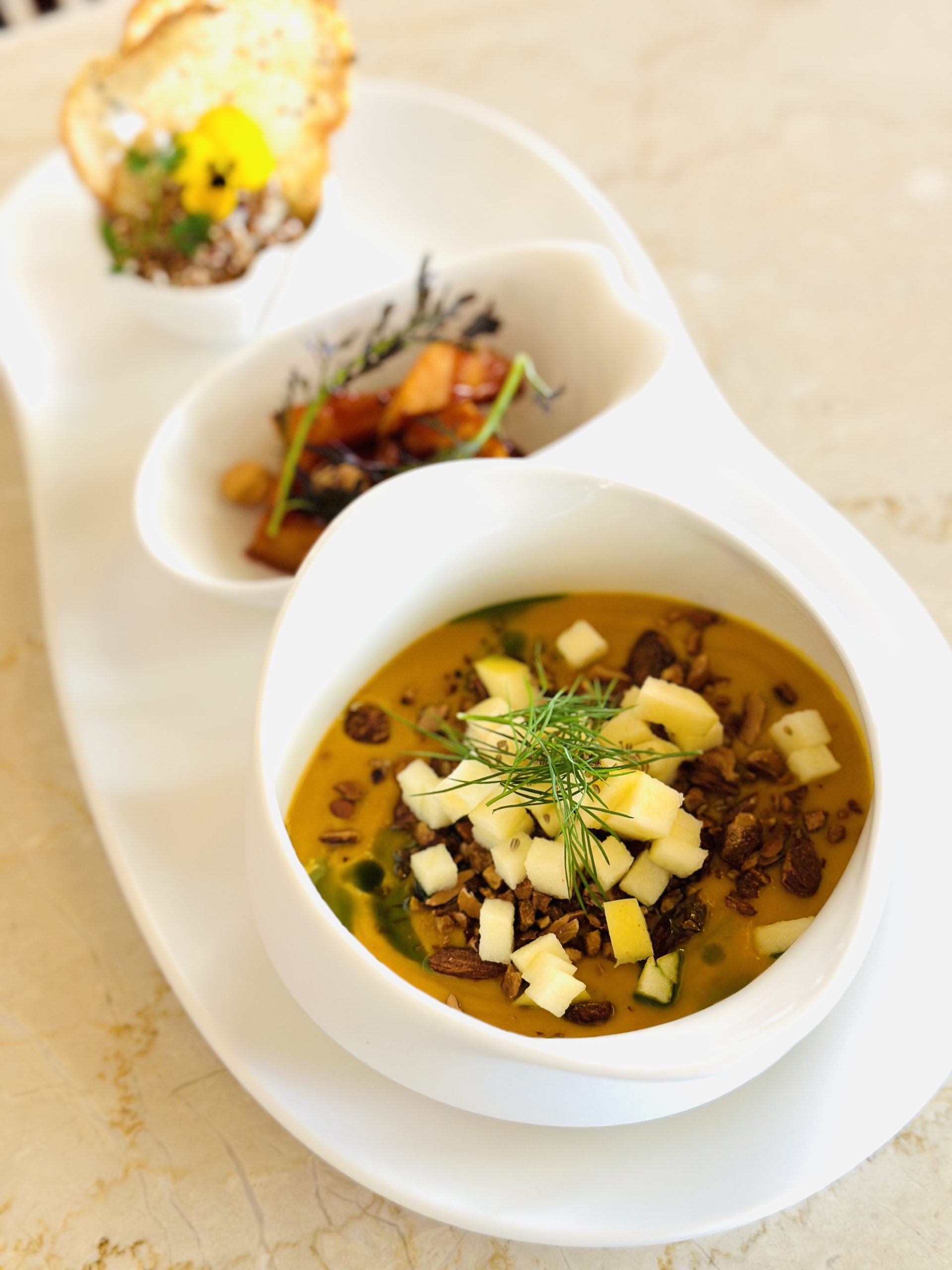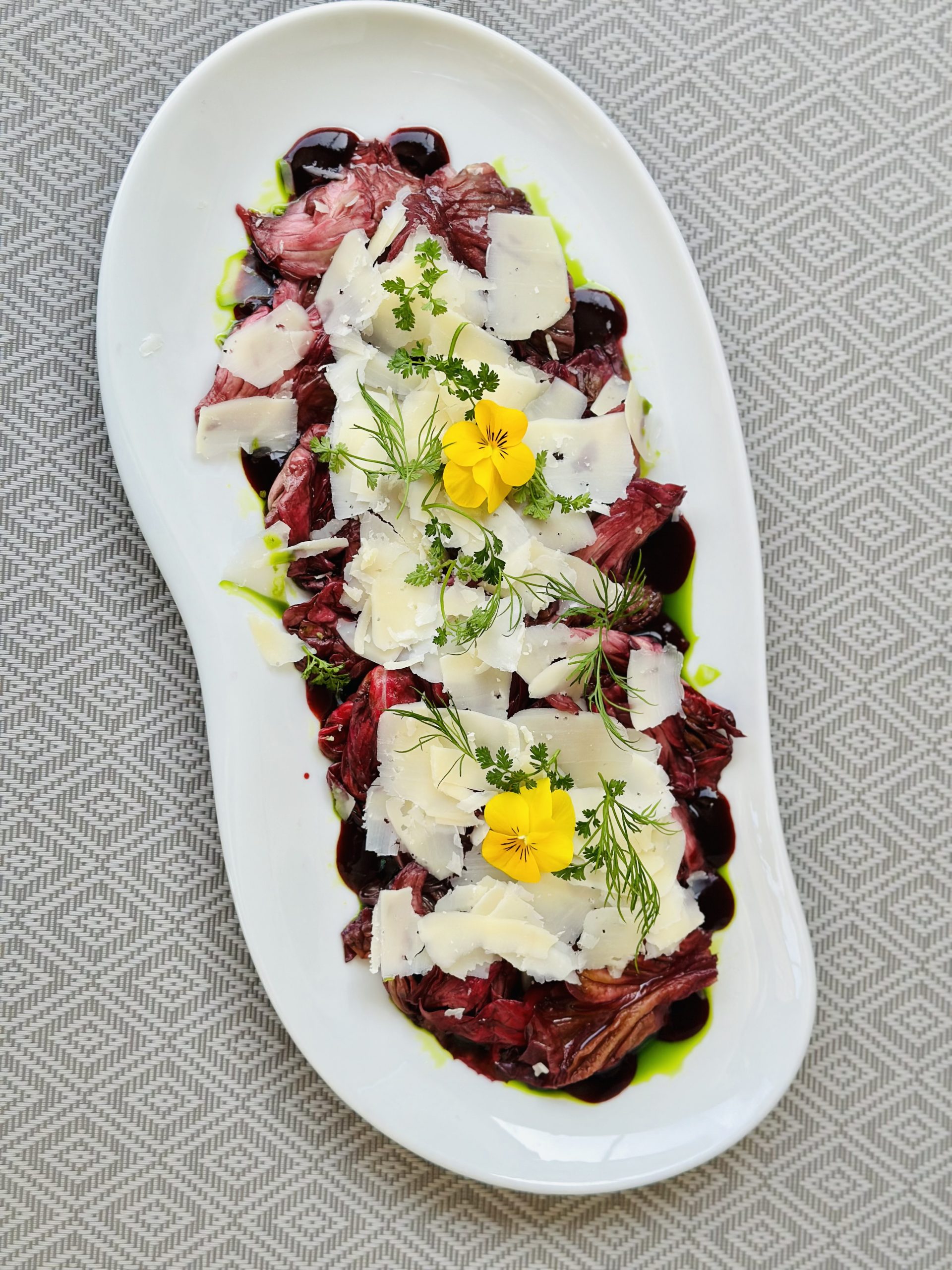The faces of the Fenice: Andrea Piras
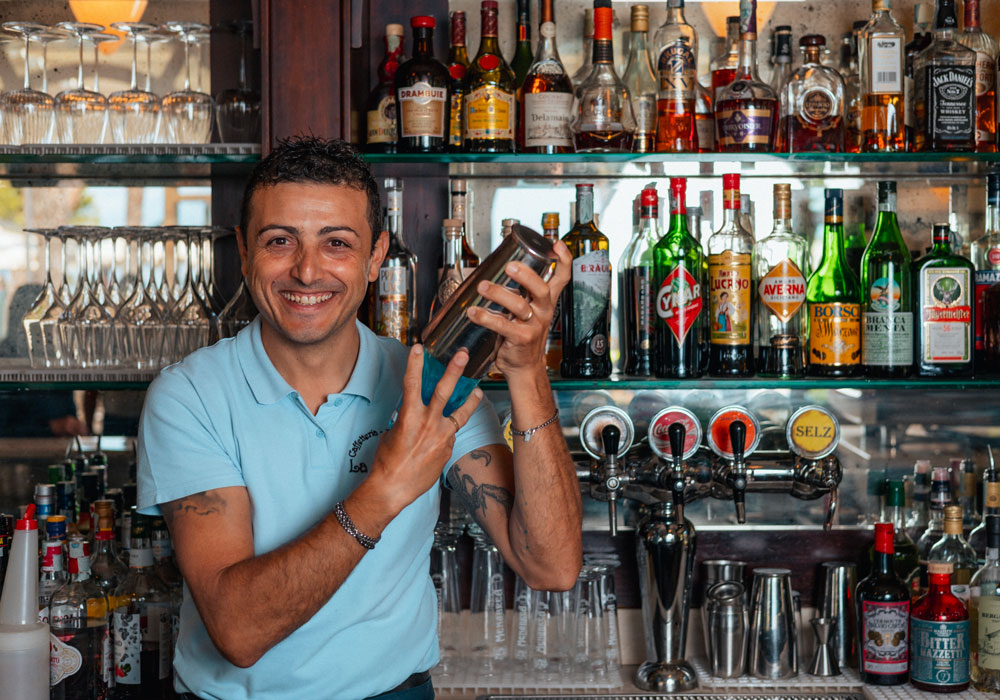
Andrea Piras, our head room manager at the Bistrot La Fenice, AIS sommelier and bartender talks about himself and reveals the secrets of his work. The stubbornness and the ever lively curiosity towards the world of catering and bars do not betray his solid Sardinian roots. In recent years, in addition to wine, he has delved into the art of bartending and mixing, conceiving and creating unusual and always different cocktails in rotation on the Fenice menu.
What are your interests in the world of cocktails, which are your passion and also a hobby in your free time?
“I have always been fascinated by the world of cocktails, with their colours, flavors and niche products: over time I have created and created different ones, to amaze, but also to test. Once upon a time I was more interested in after-dinners, because I liked the idea of relaxing after dinner in front of an intriguing drink with something to talk about before going to sleep. Now, however, I love pre-dinners more because they are a direct accompaniment to dinner.”
What are the best characteristics that a good cocktail must have?
“In my opinion, I consider well-made aperitifs in particular to be well-balanced in terms of alcohol, which perhaps include a portion of fruit or, better yet, some lime to freshen up the drink, or those which contain a bit of soda, thus softening the drink, are interesting. the alcoholic part”.
Yours is a very creative job: what do you feel when you create a new drink?
“I really like creating these cocktails because in my opinion the aperitif is that moment when after a day of work or in any case after a busy day, you finally relax in front of a drink. And if I may add, given the place where I work, you are also pampered by the magical sound of the lake’s waves. An ideal situation to open the senses to tasting a good cocktail with balanced and pleasant flavours. I like to think that this thoughtful drink helps our customers relieve the stress of the day.”
What is your favorite product for making your drinks?
“I particularly love Vermouth, or tanned wine or also called aromatized wine, an Italian product that truly has a long fascinating history. It seems that Hippocrates, a Greek doctor, already administered a similar flavored wine to those who suffered from loss of appetite. I find it to be a very versatile product and above all it allows me to reiterate my Sardinian origins in the glass because one of my favorite Vermouths is Sardinian, Silvio Carta, despite the origins and birthplace of the product being Piedmontese”.
So at this point tell us an original recipe for a cocktail!
“The cocktail I will present to you is a revised Americano. I use 1/3 of Silvio Carta red Vermouth which is a Vermouth with aromas of Mediterranean scrub – the laurel stands out on the nose, together with rosemary, it has a resinous part reminiscent of juniper, on an iodized background reminiscent of saltiness, the sea Sardinian. Then 1/3 of Mazzetti bitters – a pure bitter that brings hints of rhubarb, bergamot zest and a slightly spicy finish to the nose. Finally 1/3 of Baladin hay tonic – it is a tonic characterized by floral and herbaceous notes, given by the hay. Pour the Vermouth and the Mazzetti bitters into a low tumbler glass with lots of ice, pour in the tonic and mix everything well; finally the drink is decorated with a sprig of myrtle and a peel of bergamot which will perfume the drink. The name of the cocktail I created? I thought of a famous Neapolitan song by Renato Carosone: Tu vuo fa’ l’Americano!”.
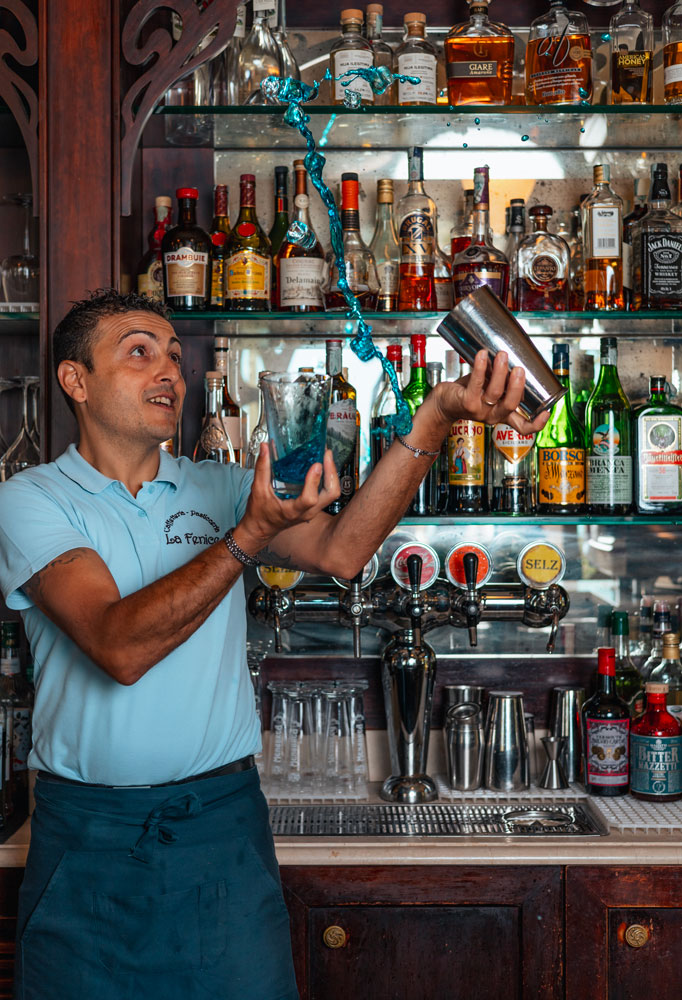
-
Address: via Verona 69/71, Lugana di Sirmione, Bs.
-
Telephone: +39 030 919003




